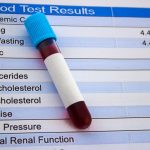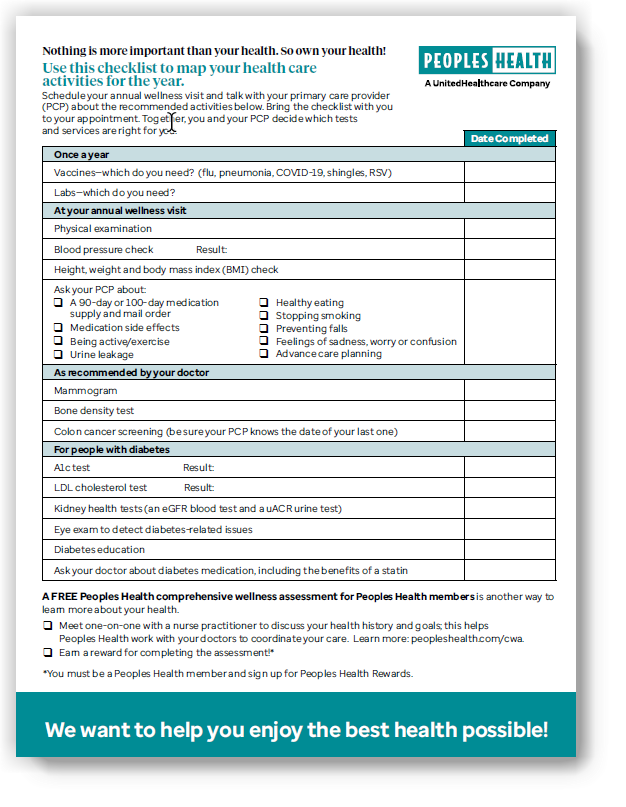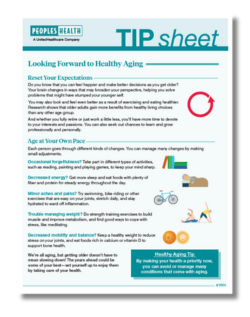Living pain-free isn’t always a good thing. Glaucoma in its early stages often has no symptoms, so people with it can be unaware until the disease damages their vision. Now’s a great time to get screened for this common disease.
Anyone older than age 60, or anyone with increased eye pressure, a family history of glaucoma, a serious eye injury or diabetes.
Tell your doctor if you have any of these symptoms:
-
- Increased vision loss
- Blurred vision
- Halos around lights
- Problems focusing
- Loss of peripheral vision
Unfortunately, there’s no cure for glaucoma, and if untreated it can cause permanent vision loss. An annual eye exam is key to detection and prevention. It might just save your sight. There’s a difference between an ophthalmologist and an optometrist. Both are eye doctors, but the first one treats serious medical eye conditions and the second one does routine exams to check vision.
A glaucoma screening is a comprehensive eye exam that can detect abnormal pressure in the eye early enough for successful preventive treatment.
A diabetic retinal eye exam can identify early signs of disease. Diabetic retinopathy, cataracts and glaucoma are eye problems often associated with having diabetes.











